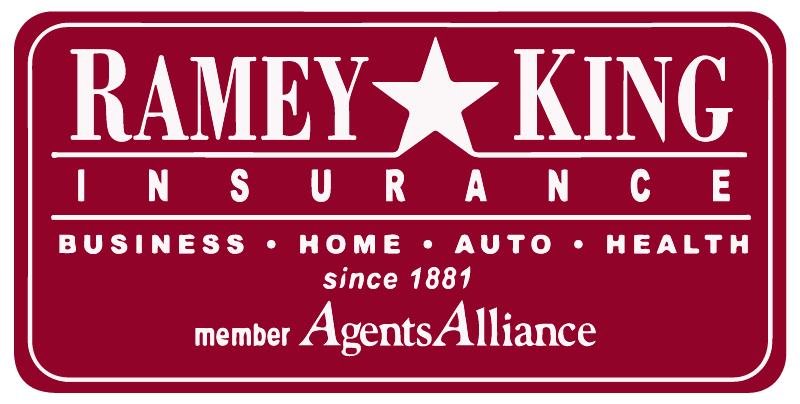Hail damage to buildings or vehicles is usually 1″ in diameter. The larger the hailstone, the more severe the impact on the property. “Baseball-sized hail will cause more damage than “golf ball-sized” hail.
If you suspect you have hail damage, here are a couple of options:
- Have a reputable contractor or roofer look at your property to determine if you have hail damage. If it turns out that you do not, the incident will not be recorded as a claim by your insurance company.
- Contact your agent and turn in the claim.
- Contact your insurance company directly to turn in the claim. Many carriers have special claims hotlines for this purpose.
To assist your insurance carrier, please have your policy number, contact numbers, e-mail and be able to describe the damage. Most likely you will be assigned a claim number and may be assigned to a specific adjuster. Record and retain this information.
After you report the claim, the adjuster will contact you to explain he process and arrange a time to inspect the property. If you have picked a contractor for the damage, it may be helpful to have the contractor meet with you and the adjuster when the property is inspected for damage.
The adjuster will take your information to calculate the cost of repairs and then will contact you back with this estimate to guide you on the next steps.
Commonly Asked Questions
1. What size hail is damaging?
This depends on the size, shape, hardness and density as well as the type of roof. In general pea and marble sized hail will not cause as much damage if any.
2. Are all houses affected the same way?
This also depends of the type of hail which can vary within a specific city. Velocity and wind are also factors. The pitch, condition and age of a roof also affect this.
3. I noticed granules from my roof shingles in the gutter and the driveway?
Granule loss is part of normal weathering process of a composition roof. Small hail impacting a roof can displace these as well as heavy rain.



